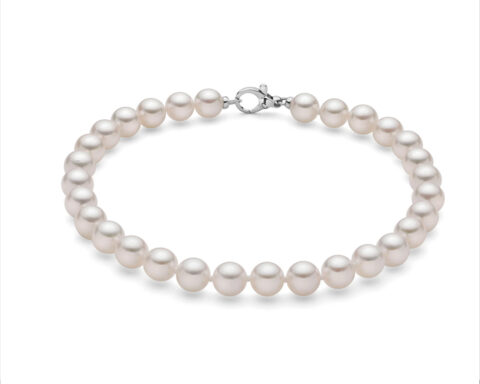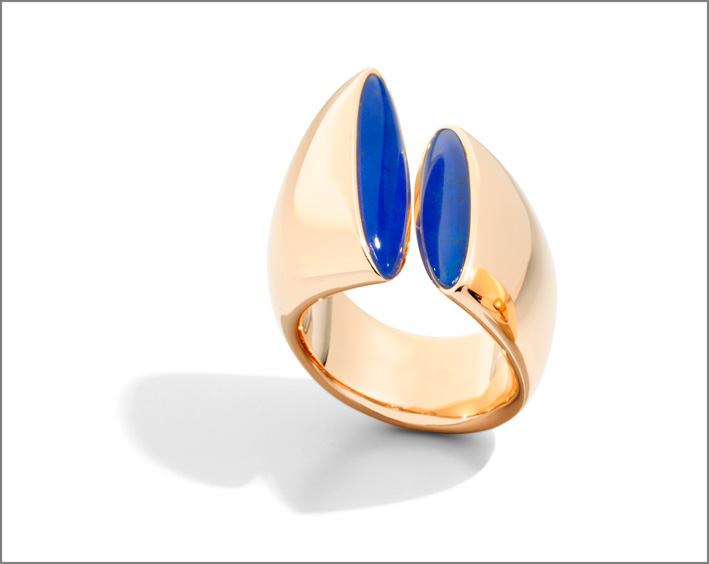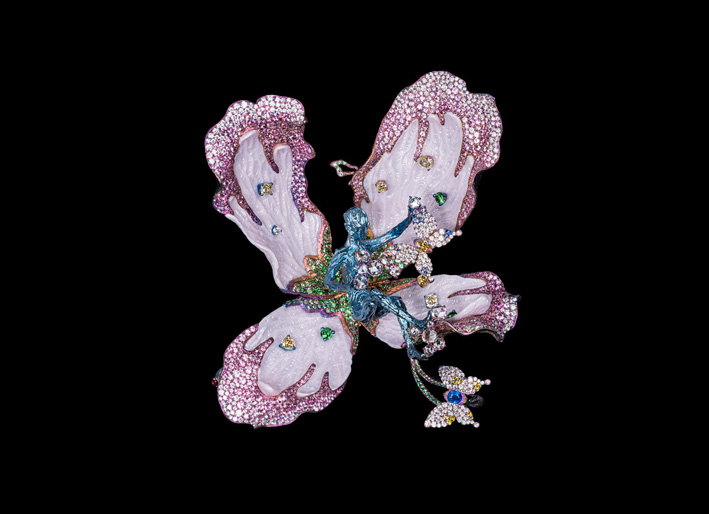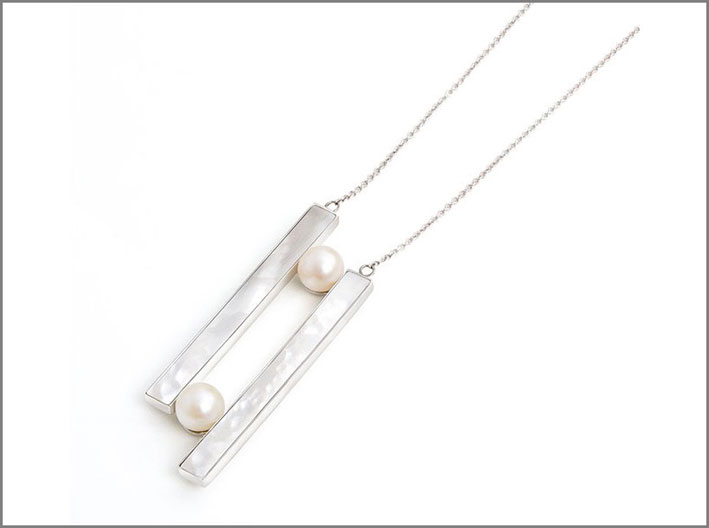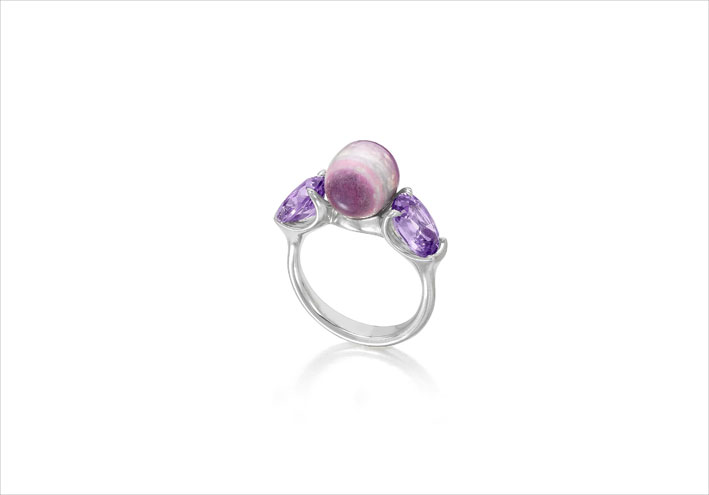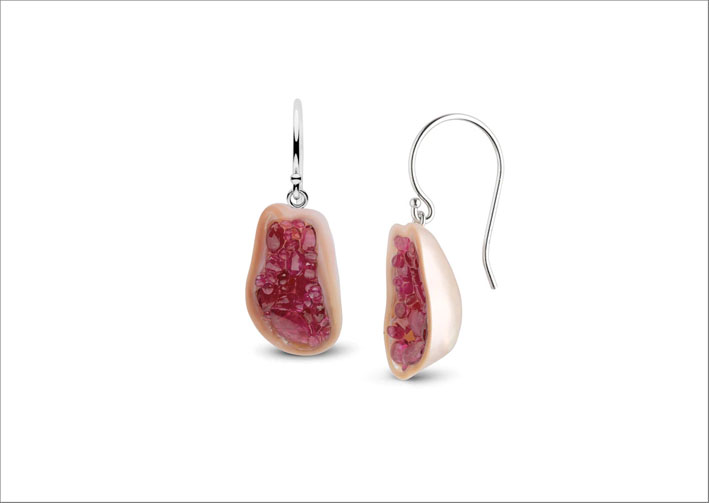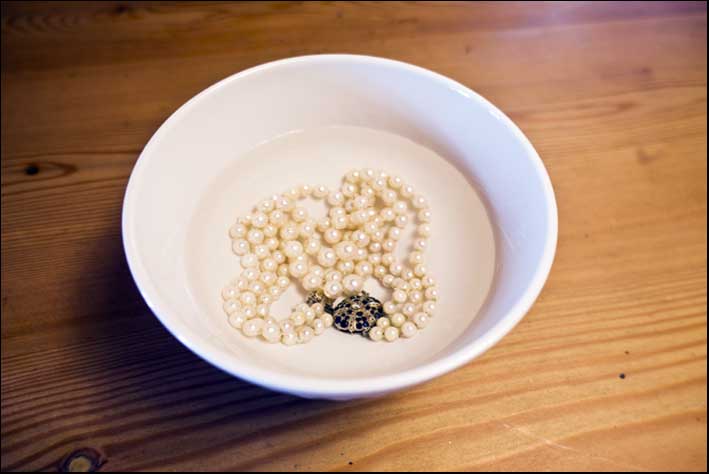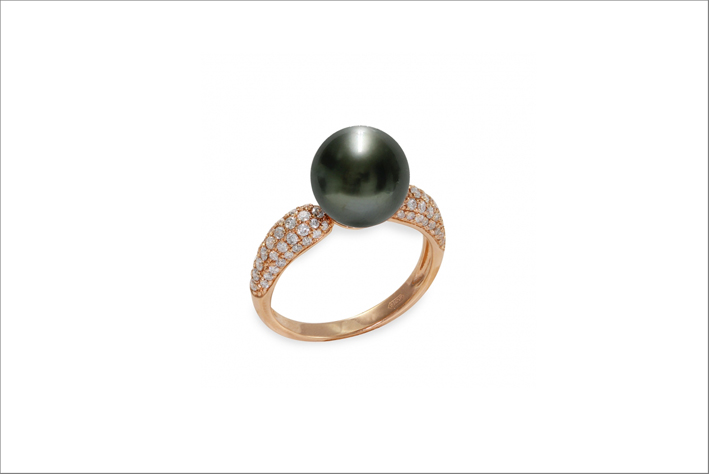Pearls can be colored, as well as white, just like in these high jewelry pieces that Yoko London has decided to present in Doha. They are particularly precious jewels because Yoko London ensures that they are Tahitian pearls not treated with dyes or other artifices. And this, in addition to making pearls more precious, also ensures that their color does not fade over time. In addition, these pieces are accompanied by equally precious diamonds.
But do you want to know why pearls are colored? Pearls with colors such as purple, black, pink, green, champagne, chocolate, blue and lavender are particularly fascinating, as well as more expensive than white ones, which are the most common. The colors almost always depend on the hue of the outer part of the shell. The most famous are the dark Tahitian pearls, which come from the Pinctada margaritifera oyster, which in fact has gray and silver hues at the outer edges of its shell. Another highly sought after variety of mollusc is the silver-lipped oyster (Pinctada maxima), known for giving light to the South Sea pearl variety.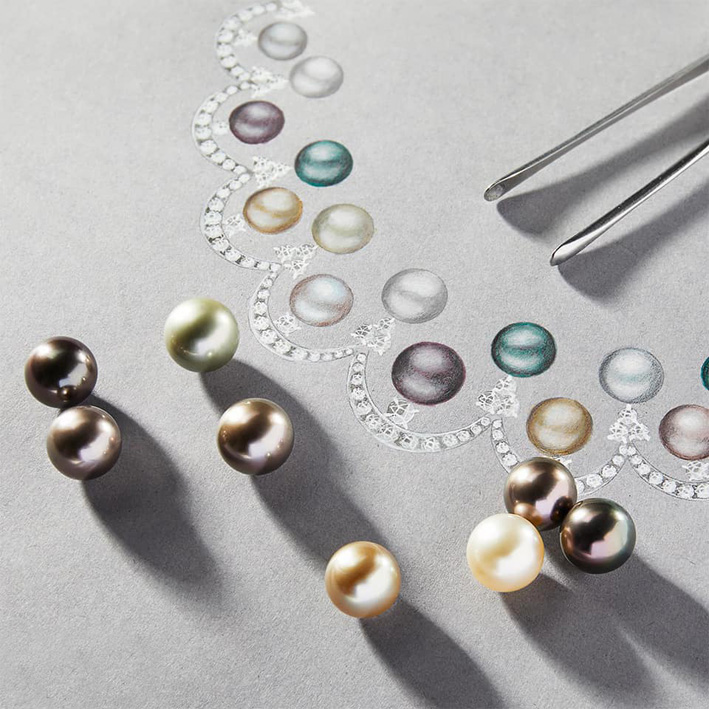
Among the colored pearls, the rarest are the pink ones, also because they are hardly found among the cultivated ones. That’s why most of the pink pearls you can find are actually colorful freshwater pearls. The golden pearls of the South Seas are also found only in some parts of the world. Another rarity is natural blue Akoya pearls. And to say that many years ago colored pearls were considered defective, also due to the fact that they often have an irregular shape.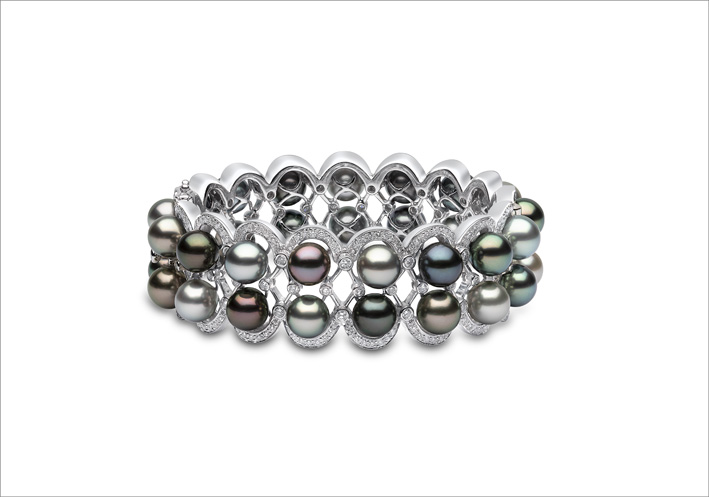
Unfortunately, un-natural colored pearls are also found around. Dyeing the pearl, in fact, can prove to be a subterfuge of little transparent traders. So if you find a jewel with black pearls that are not from Tahiti you can suspect that it has been artificially dyed.



